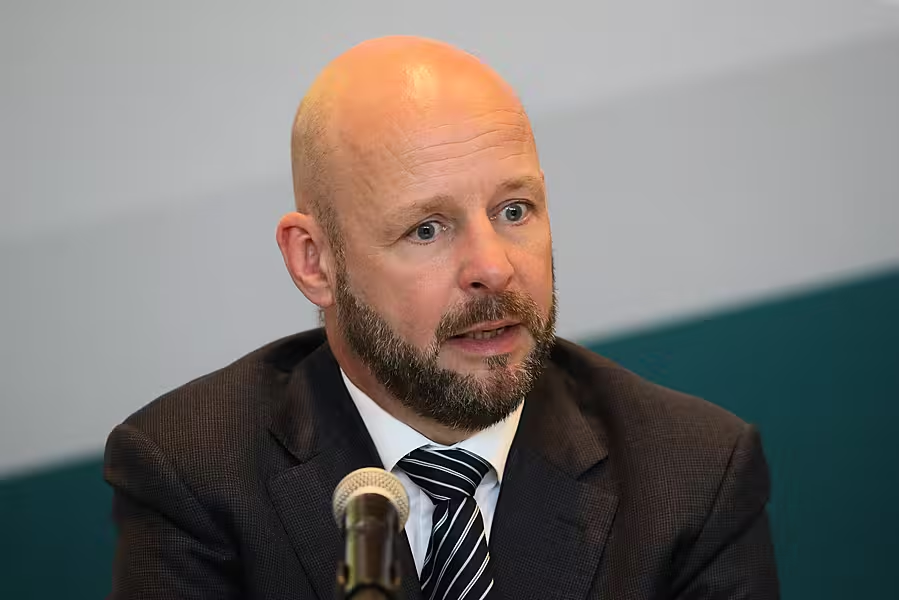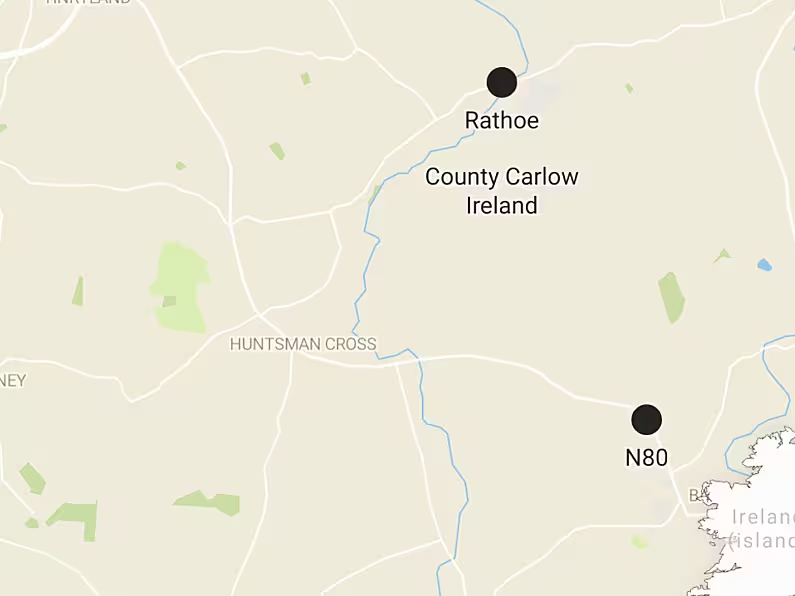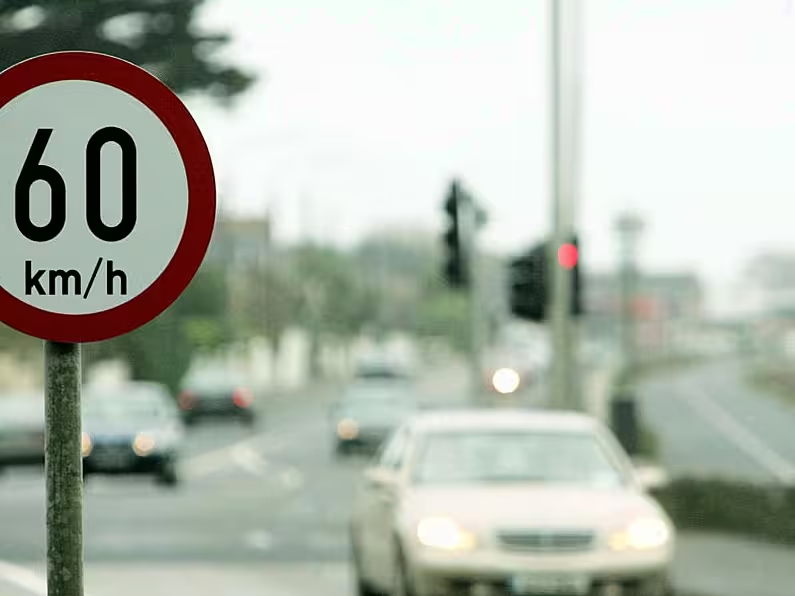Jonathan McCambridge, PA and Julie Smyth
Chief Medical Officer Dr Tony Holohan has warned that there is going to be “very significant transmission” of Covid cases driven by the Delta variant.
The assessment came as the State recorded its 5,000th Covid death on Thursday.
The Department of Health confirmed 448 more positive cases and two further deaths.
Dr Holohan was addressing the media during a National Public Health Emergency Team (Nphet) briefing at which he said the Delta variant would become the dominant strain in Europe.
He said: “We are not going to stop this happening, this variant is sufficient in the way of fitness to become the dominant strain across Europe and that is what going to happen.
“It was a question of when, rather than if, and that we would try to slow it down as much as possible while we give as much protection as possible to people who are vaccinated.
“The evidence is that we have slowed this down somewhat, we would like to have slowed it down further. A couple of weeks back it began to move.”
Dr Holohan added: “As we have always done when we believe the evidence is there to support us changing policy, we take that action swiftly and proportionately in relation to the concerns that we have.
“We are going to experience very significant transmission. You will see what is happening in Scotland, they are a number of weeks ahead of us. Northern Ireland is probably two or three weeks ahead of us in terms of their transmission.
“All of that says to us in broad terms, we are not going to stop this, but the measures we have taken now have had an effect in slowing down that transmission.”

Incidence rate
Deputy Chief Medical Officer, Dr Ronan Glynn, told the briefing that Donegal has the highest Covid incidence rate in Ireland and there has a been spike in Waterford:
“I’d point in particular to Dungarvan where a large outbreak with somewhere between 180 to 200 cases to date started in a pub.
“(This is a) complex outbreak and has now spread out to a range of different settings, in the local community and beyond."
He added: “We have some concerns about Dublin, while the incidence is not the highest in the country, the incidence has taken off there versus the rest of the country and given the population size of Dublin, if that continues it will drive the national picture.
“We are aware of the past number of weeks that Delta was present at a greater proportion in the Dublin area.
“One of the things doctors are telling us at the moment is that this is not like previously, that outbreaks are very easily seeding across community, across settings. Once it gets into a community it is spreading much easier than we have seen previously.”
He added: “If we are not careful we will see sharp increases in new infections and deaths over the coming weeks and months.”
Dungarvan Test Centre
The pop-up Covid test centre in Dungarvan opens for its final day today (friday).
The walk-in facility was set up on the 24th of June because of the outbreak of the virus in the west of the county.
As it stands, the Dungarvan Local Electoral Area has a Covid incidence rate that's almost 6 times the national rate, at 600 cases per 100,000 people.
It's the second highest in the country behind Buncrana in Donegal.
And Waterford as a whole is also the second worst affected county, with an incidence rate of 204.

Growth Rate
Professor Philip Nolan, Chair of the Irish Epidemiological Modelling Advisory Group, said the virus was growing at a rate of 2 per cent a day.
He said: “We are in a concerning situation, we are seeing an increase across most age groups and we are seeing a stabilisation in hospitalisations, we would be concerned there might be an increase in those in the coming weeks.
“We are close to 390 cases a day now. We have to be concerned that we are at the beginning of an increase driven by the Delta variant, that presents significant dangers to the unvaccinated population and the partially vaccinated population.
“So it is necessary to reiterate the advice that we have to limit transmission as vaccination proceeds.”
Prof Nolan added: “If case numbers increase, albeit more slowly than they would have increased in previous waves of the disease, we are looking at high case counts for a very long period of time.
“Those cases would translate into very significant levels of hospitalisations.”
Prof Nolan said that the R number has risen, and is now between 1 and 1.2.












